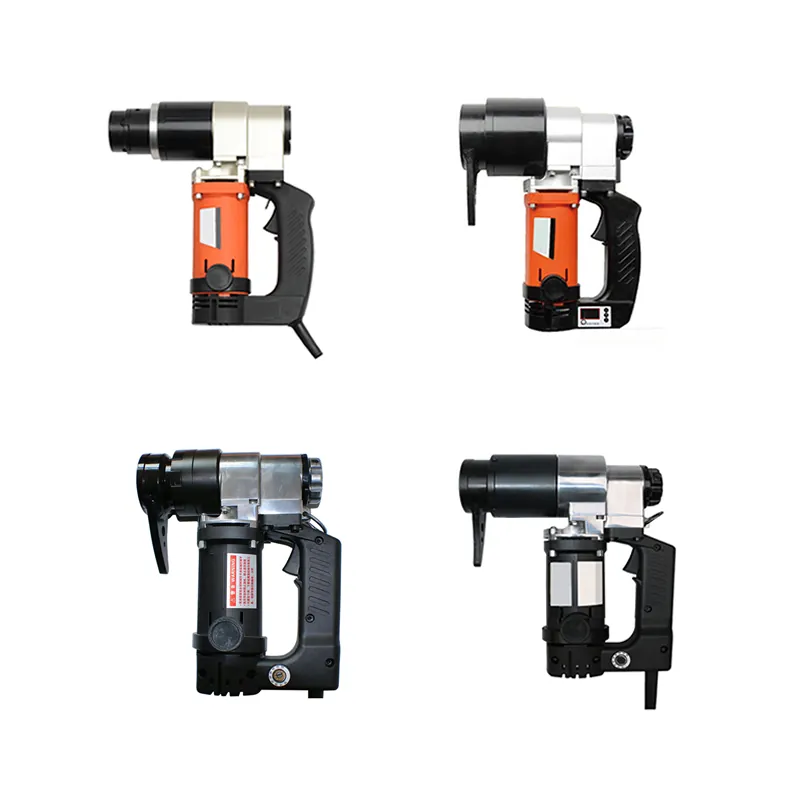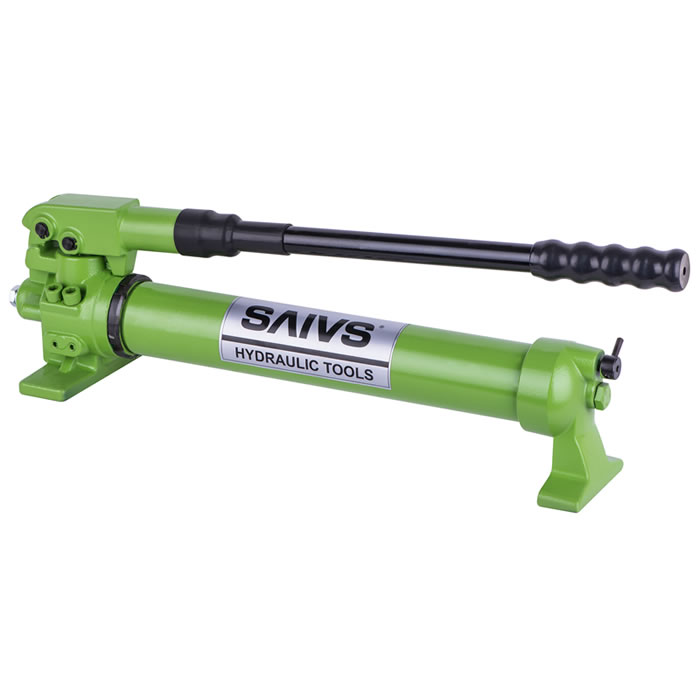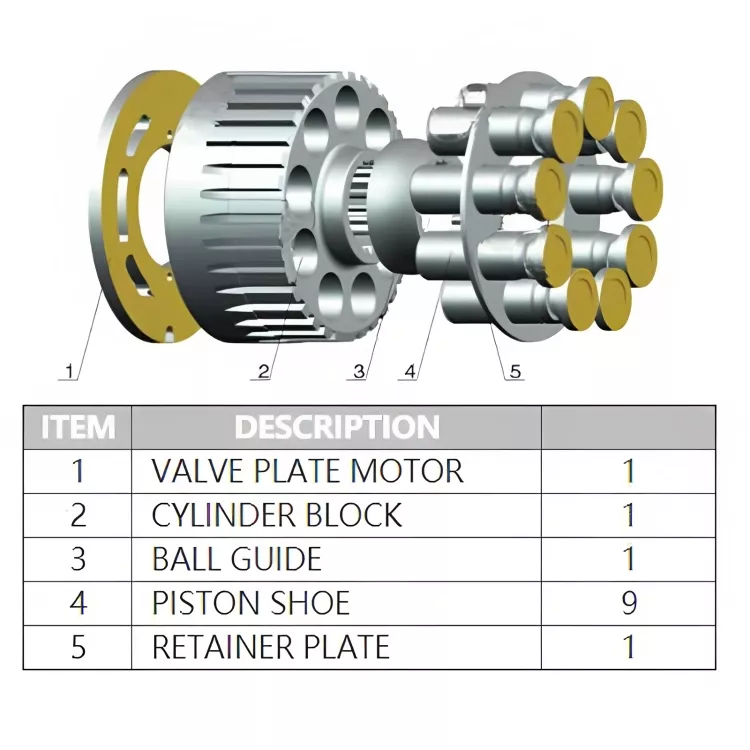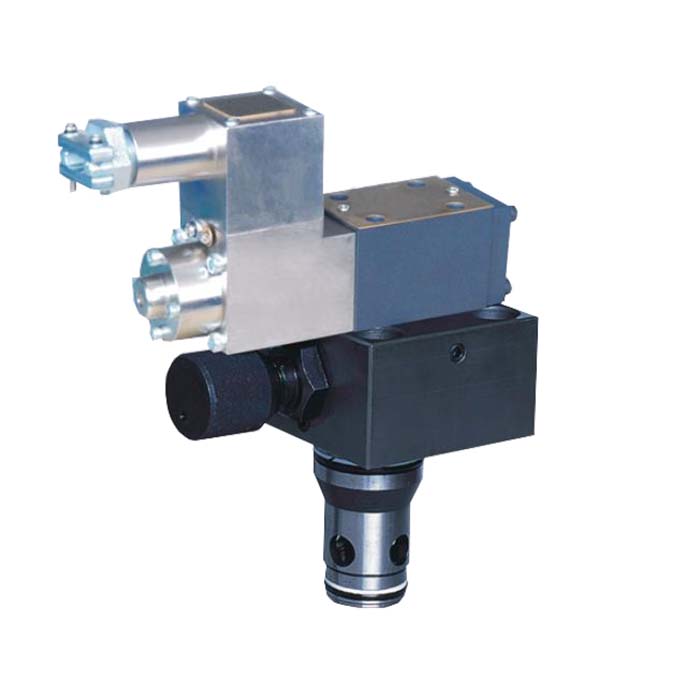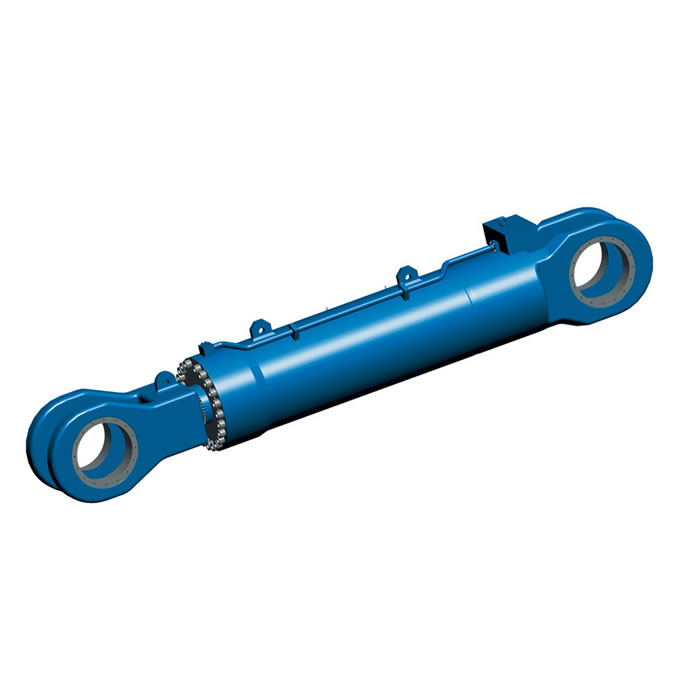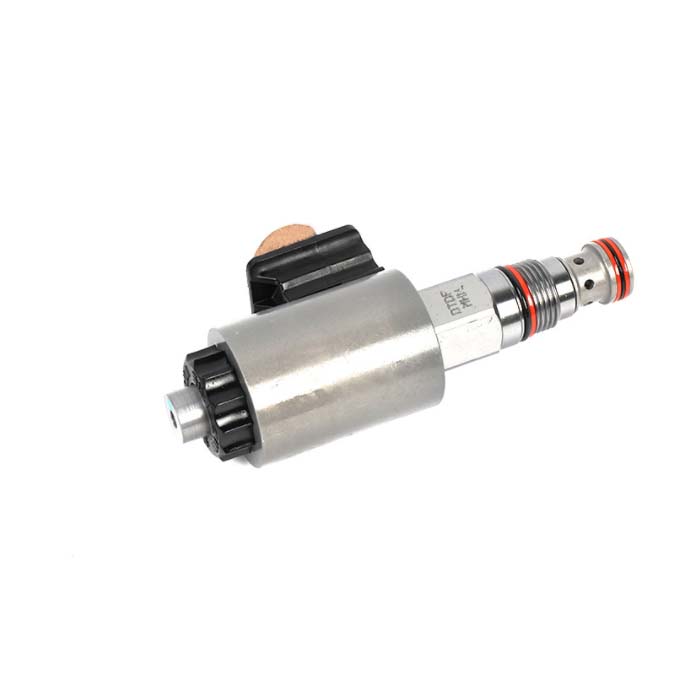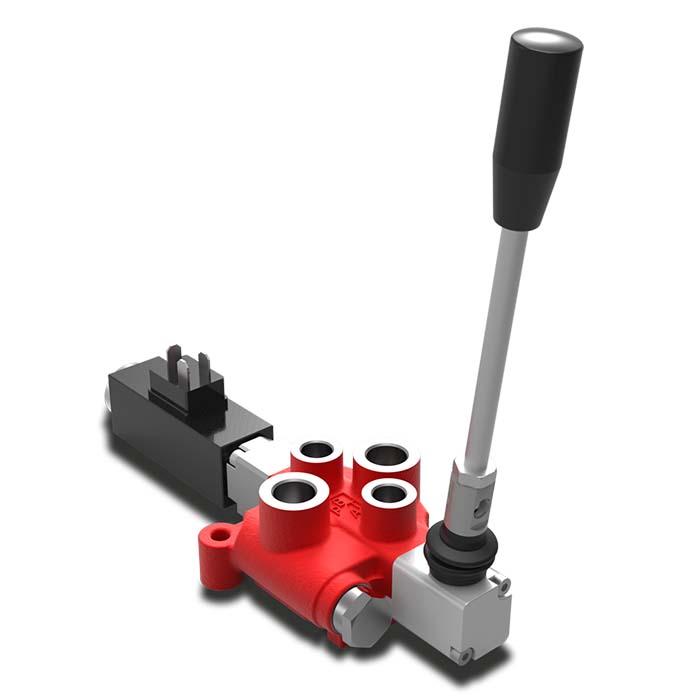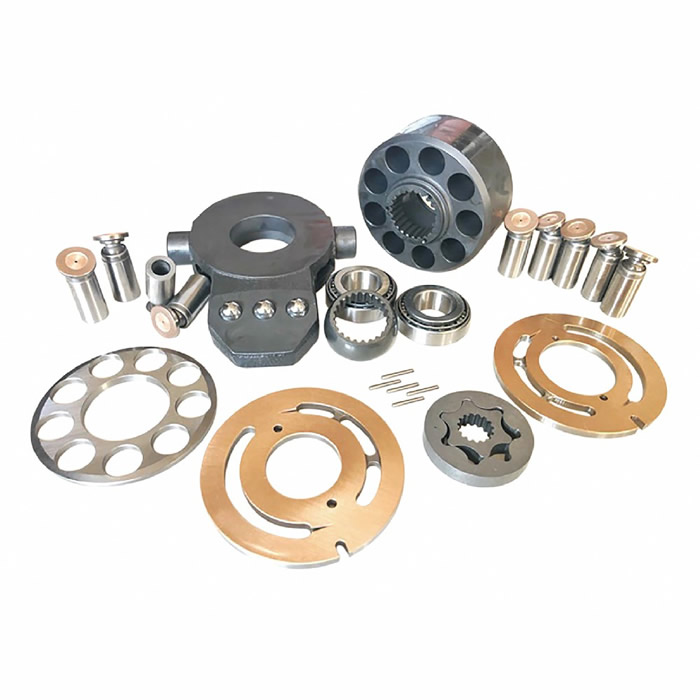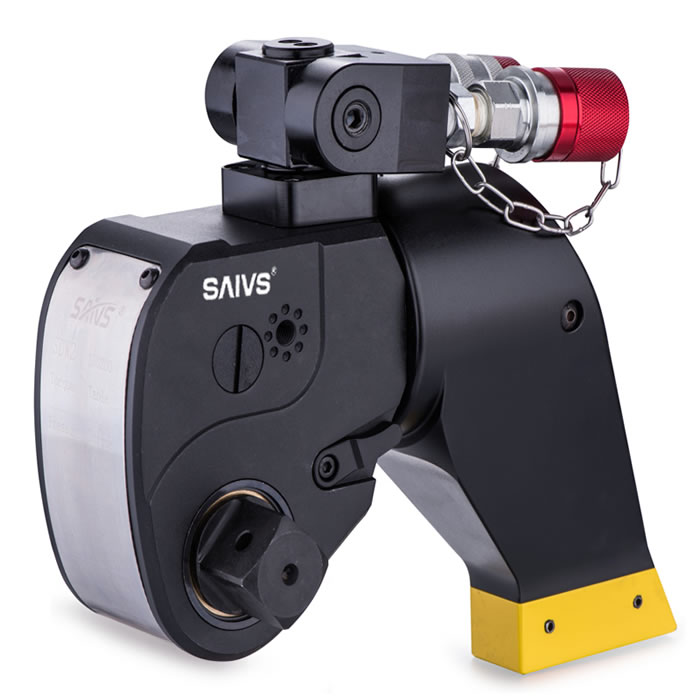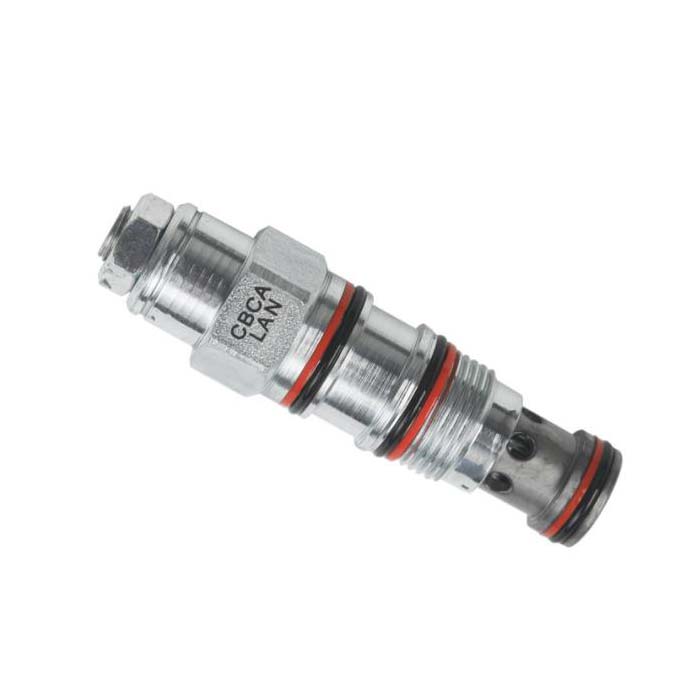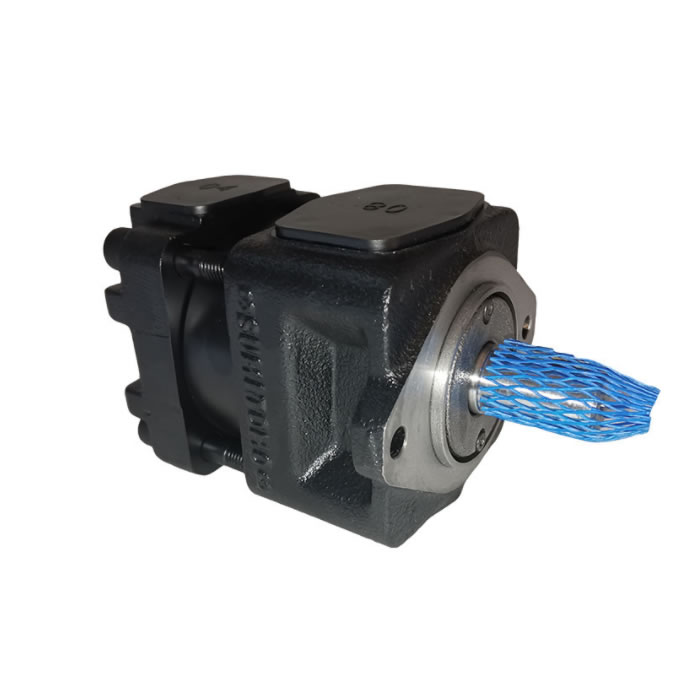Ultimate Guide to How Torque Wrenches Work
Torque is the rotational counterpart of force and is typically measured in units of force multiplied by distance,
such as pound-feet or newton-meters (ft-lb or Nm). Understanding torque enables you to determine
whether the force applied by a wrench is sufficient to rotate the object you are trying to turn.
Inadequate force will result in no movement, while excessive force can lead to hand or equipment damage.
How We Know How Much Torque Should Be Applied
Determining the correct amount of torque to be applied is crucial to achieve proper fastener tightening.
Here are some key factors to consider
1. Manufacturer's Specifications: The first step in determining the required torque is to refer to the
manufacturer's specifications or the assembly instructions. These documents often provide the
recommended torque values for specific fasteners or components.
2. Torque Standards and Guidelines: In many industries, there are established torque standards and
guidelines that provide general torque ranges for different types of fasteners.
These standards ensure consistency and reliability in assembly processes.
3. Engineering Calculations: In certain cases, engineering calculations may
be necessary to determine the appropriate torque. Factors such as material strength,
thread pitch, and desired preload can influence the torque requirements.
4. Torque Testing and Validation: Torque testing and validation procedures, such as torque
audits or torque-angle monitoring, can be performed to ensure that the applied torque meets
the specified requirements and maintains the desired integrity of the assembly.
The Use of Torque Wrenches Is Not Very Complex
Torque wrenches are indispensable tools for applying rotational force, commonly known as torque.
They find applications in everyday tasks such as changing a car's oil or repairing a bike.
Among the various types of torque wrenches available, the click-type torque wrench stands out as
one of the most popular choices. Here's a step-by-step guide on how to use a click-type torque wrench:
1. Set the Torque: Start by adjusting the torque setting on the wrench handle. The torque is typically
measured in newton meters (Nm), which is the standard metric unit for measuring force multiplied by distance.
2. Positioning: Before applying torque, ensure that your body isn't obstructing the click indicator on the wrench.
Face towards the direction that will tighten the nut or bolt and position yourself for optimal leverage and stability.
3. Apply Torque: Begin turning the wrench in the tightening direction while maintaining a steady grip.
As you apply force, listen for a distinct clicking sound emitted by the wrench.
4. Click Indicator: The clicking sound signals that the desired torque has been reached.
At this point, stop applying force and avoid over-tightening the fastener.
5. Repositioning: To continue tightening additional nuts or bolts, reposition yourself so that
you face away from the tightening direction. This ensures consistent and accurate torque application.
6. Repeat Steps 2-5: Repeat the process by positioning yourself correctly, applying torque,
and listening for the click indicator to achieve the desired tension on each nut or bolt.
The fundamental principle behind using a torque wrench is to provide a
visual and audible indication when the appropriate level of force has been reached.
By following these steps, you can ensure proper tightening without the risk
of under-tightening or over-tightening the fasteners.
Remember to always consult the manufacturer's instructions and guidelines specific to your torque wrench model.
Proper usage and regular calibration of the torque wrench will help maintain
its accuracy and ensure reliable results in your everyday tasks.
How It Works
Torque wrenches operate on the principle of torque measurement and application.
Here's a simplified explanation of how they work:
1. Mechanical Mechanism: Torque wrenches utilize a mechanical mechanism, often based on a spring or a deflecting beam,
to measure the applied torque. As torque is applied to the fastener,
the mechanism deflects or compresses, creating a measurable force.
2. Torque Indicator: The torque indicator, located on the handle of the wrench,
displays the applied torque in the desired units of measurement.
Users can set the desired torque value by adjusting the wrench accordingly.
3. Ratcheting Mechanism: Torque wrenches often feature a ratcheting mechanism that allows for
controlled and precise rotation in one direction while preventing backward movement.
This mechanism ensures accurate torque application and prevents over-tightening.
4. Torque Limiting: Some torque wrenches, particularly those used for critical applications,
incorporate a torque-limiting feature. This feature prevents the wrench from applying
excessive torque beyond the set limit, protecting both the fastener and the assembly.

